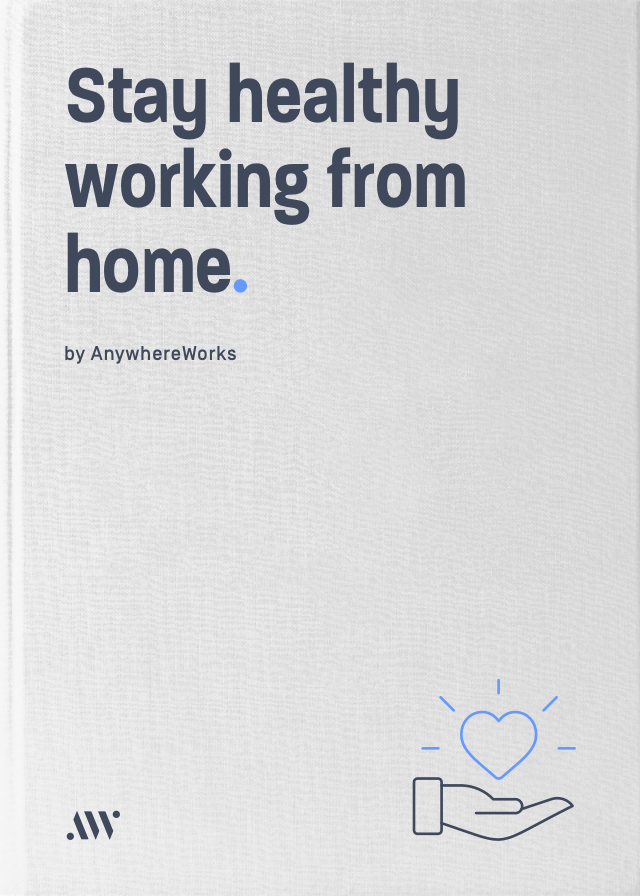We’ve all dreamed about working Anywhere after a bad day at the office. You picture an escape from office distractions, dreary decor and stressful commutes. Instead, you imagine working from your favourite coffee shop, creating your own schedule and making time for the family.
That’s the dream, but to achieve that, you first have to pitch the idea of working from home to your team. It can be an intimidating prospect, particularly if they’ve never expressed any interest in flexible working before.
Legal rights to flexible working vary by country, but more companies are beginning to consider it, particularly in creative industries. As the practice becomes more common, there’s greater evidence that it could be a positive move for you and your business.
If you’re ready to take the first step towards working from home, or indeed Anywhere, here are some concrete actions to take the fear out of pitching the idea to your team.

OUTLINE WHY YOU WANT TO WORK FROM HOME
First, you have to ask yourself, why should you work Anywhere? Start by making a list highlighting the key reasons for flexible work. If you’re struggling to come up with reasons, don’t worry – we’ve got you covered.
Of course, it’s important the reasons don’t focus exclusively on your own needs. That means detailing how flexible work will benefit the business. Instead of talking about the extra time you’ll get in bed, focus on how the added time you’ll be able to dedicate to your work.
This doesn’t mean you can’t mention more personal reasons for your request. But it’s important to consider how your team will perceive the suggestion. For HR managers, the first concern will be how a change in working style will affect the business as a whole. Bear in mind that your role is just part of the organisation. Arguing for a better work-life balance is perfectly legitimate. But your argument will be stronger when your frame it by how flexible work will increase your productivity.
Do some wider research around the benefits of working Anywhere. Statistics alone rarely convince people. Instead, try to provide data and real-world examples to support your argument. Know somebody who currently works Anywhere and can offer feedback on how it’s improved their performance? Offer these insights along with the data to cover both sides of the argument.

MAP OUT YOUR DUTIES AND HOW THEY’LL CHANGE UNDER FLEXIBLE WORK
Pitching working Anywhere to your team is all about keeping it practical. That means, after you’ve laid out your reasons for proposing flexible work, you have to dive into the specifics of how it will work.
By quantifying your daily routine in detail, your team can see exactly how working Anywhere will impact these duties. Break down exactly what you do already (from larger projects to day-to-day tasks) to help your boss understand how it could actually work in practice.
Think of it as if you’re writing a more detailed version of a job description. If you don’t already track your time, it’s worth trying it for a short period to help you. Show how your time in the office is currently spent and explain how these duties can be performed more effectively outside the office.
Calculating your value to the company can also be useful for strengthening your negotiating position. If you can provide details of things like the revenue your ideas and initiatives have generated, your proposals are likely to be taken more seriously.

The easiest way to improve your team’s ability to collaborate when you’re working Anywhere is by using the right tools.


